Balcony gardening offers urban dwellers the joy of growing ornamental and edible plants in limited spaces. However, one of the most common challenges balcony gardeners face is heavy winds. High-speed gusts can damage stems, uproot containers, strip leaves, and even break delicate flowers and fruits. Proper planning and protection strategies are essential to ensure plants thrive safely in windy conditions.
This article explores practical techniques, container choices, plant selection, and structural interventions to protect balcony plants from heavy winds, ensuring healthy growth and a resilient urban garden.
1. Understanding Wind Impact on Balcony Plants
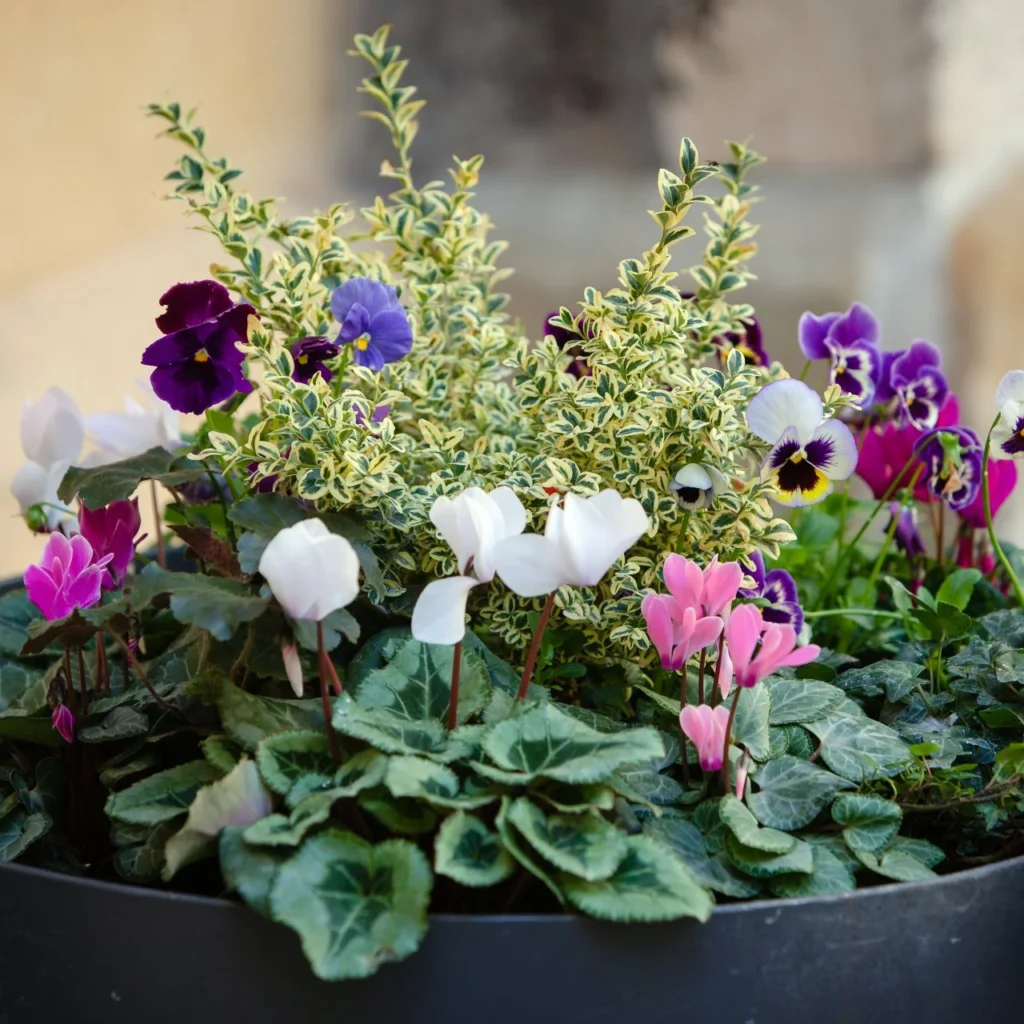
Wind affects balcony plants in several ways:
- Physical Damage: Breaks stems, tears leaves, and uproots plants from containers.
- Moisture Loss: Increased evaporation leads to dry soil and stressed plants.
- Pollination Disruption: High winds can damage flowers and reduce fruiting.
- Temperature Fluctuations: Wind accelerates heat loss in winter and can chill sensitive plants.
- Soil Erosion: Blows away topsoil from containers, exposing roots and reducing nutrient availability.
Recognizing these impacts allows gardeners to implement effective protective strategies.
2. Choosing Wind-Resistant Plants
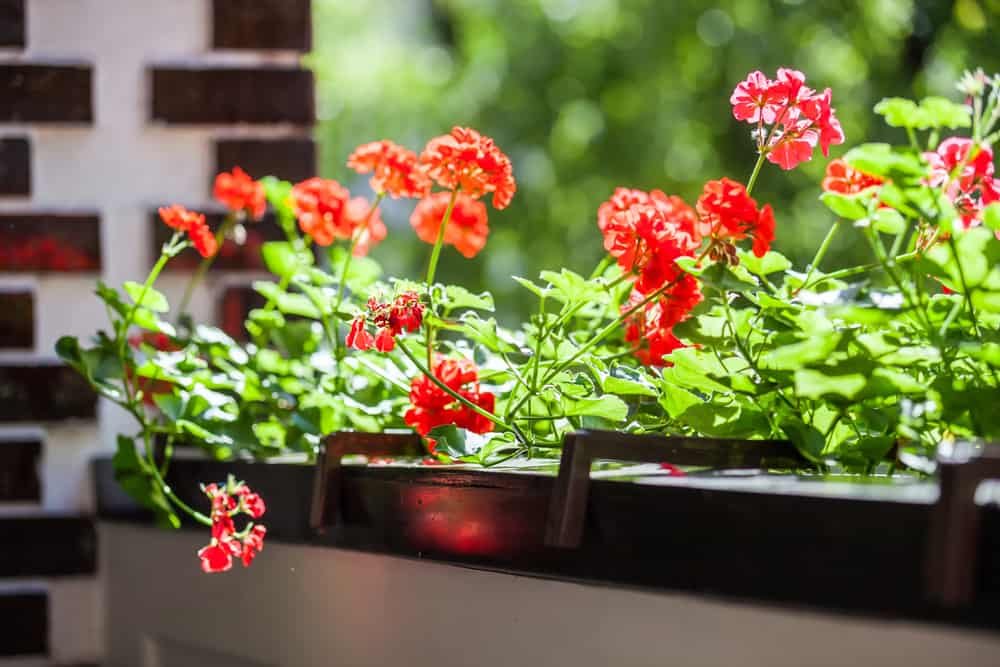
Plant selection is a crucial first step:
- Compact Growth Habit: Low, bushy plants resist wind better than tall, upright species.
- Flexible Stems: Plants with pliable stems, like herbs, are less likely to break.
- Dense Foliage: Reduces wind penetration and prevents soil erosion.
- Wind-Tolerant Species: Succulents, lavender, rosemary, sage, and ornamental grasses withstand gusty conditions well.
Selecting the right plants minimizes damage and reduces the need for structural protection.
3. Container Choice and Stability
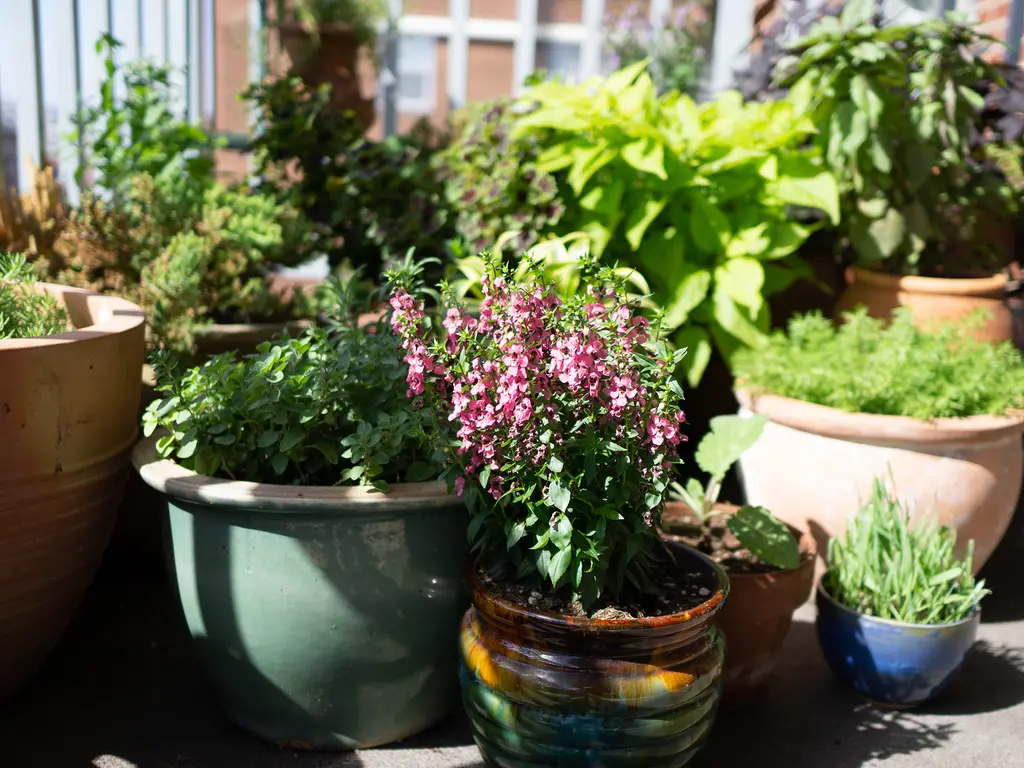
Proper containers prevent tipping and root damage:
- Weight and Material: Heavy materials such as terracotta, ceramic, or concrete provide stability.
- Low Center of Gravity: Wide and shallow containers resist toppling better than tall, narrow pots.
- Anchoring: Use brackets or tie containers to balcony railings for extra security.
- Drainage Considerations: Ensure pots have adequate drainage to prevent root rot while maintaining stability.
Stable containers are essential for protecting plants and maintaining garden aesthetics.
4. Strategic Plant Placement
Placement significantly influences wind impact:
- Proximity to Railings or Walls: Position plants near barriers to reduce exposure.
- Layered Arrangement: Place taller plants closer to walls and shorter ones near edges for a gradual wind buffer.
- Corner Utilization: Corners naturally shield plants from multi-directional winds.
- Spacing: Avoid overcrowding, which can exacerbate damage when plants rub against each other during gusts.
Thoughtful placement minimizes wind exposure and reduces plant stress.
5. Using Windbreaks
Windbreaks are one of the most effective protective measures:
- Screens and Netting: Use bamboo, reed mats, shade cloth, or mesh screens attached to railings.
- Transparent Barriers: Acrylic or polycarbonate panels protect from wind without reducing sunlight.
- Temporary Windbreaks: Portable panels can be adjusted according to wind direction and intensity.
- Plant-Based Windbreaks: Dense shrubs or taller balcony plants act as natural barriers.
Windbreaks reduce wind speed around plants, preventing physical and moisture-related damage.
6. Supporting Plants with Stakes and Trellises
Supporting structures prevent bending, snapping, and uprooting:
- Stakes: Bamboo, wooden, or metal stakes provide vertical support for tall or fragile plants.
- Tying Techniques: Use soft ties, twine, or plant clips to secure stems without damaging tissue.
- Trellises: Vertical trellises support climbers and provide partial wind protection for neighboring plants.
- Cages for Fruit Plants: Tomatoes, peppers, and eggplants benefit from cages to maintain stability during gusts.
Proper support ensures plants grow upright, even under strong winds, and reduces the risk of breakage.
7. Mulching for Soil Protection
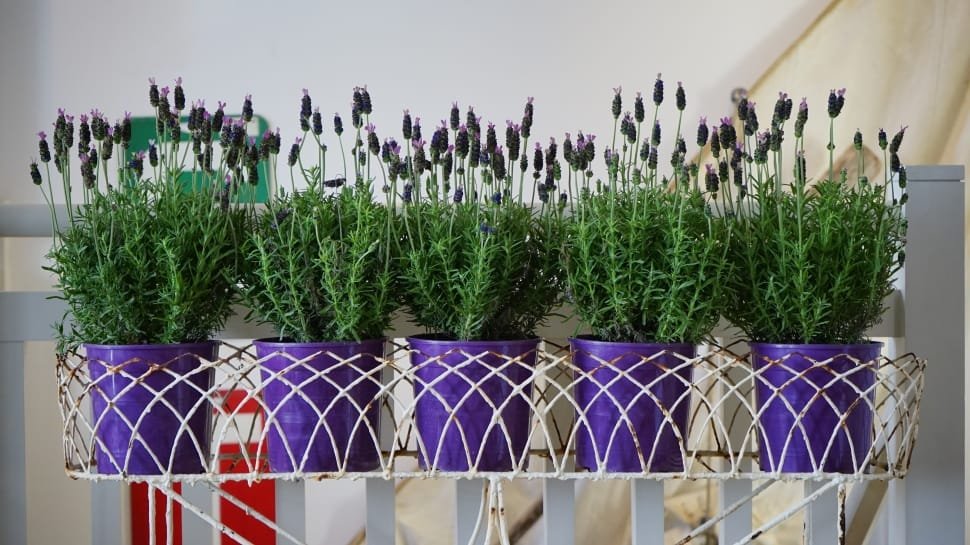
Mulch safeguards soil and roots:
- Topsoil Stability: Mulch prevents soil erosion caused by wind.
- Moisture Retention: Reduces rapid drying due to wind exposure.
- Temperature Buffer: Maintains a more stable root environment in windy, cold conditions.
- Material Options: Straw, coconut coir, bark chips, or shredded leaves work effectively.
Mulching is a simple yet highly effective technique for protecting plant roots and conserving moisture.
8. Seasonal and Weather-Based Adjustments
Adapting garden care to seasonal winds enhances plant survival:
- Monsoon Winds: Secure containers, check drainage, and use temporary screens for heavy rain and gusts.
- Winter Winds: Move sensitive plants indoors or near walls; cover with frost cloth or windbreak panels.
- Summer Winds: Provide additional watering and consider partial shade to reduce stress and moisture loss.
- Storm Preparations: Remove loose pots, tie down lightweight plants, and temporarily relocate delicate species indoors.
Seasonal adjustments ensure plants remain healthy and resilient year-round.
9. Indoor and Portable Plant Solutions
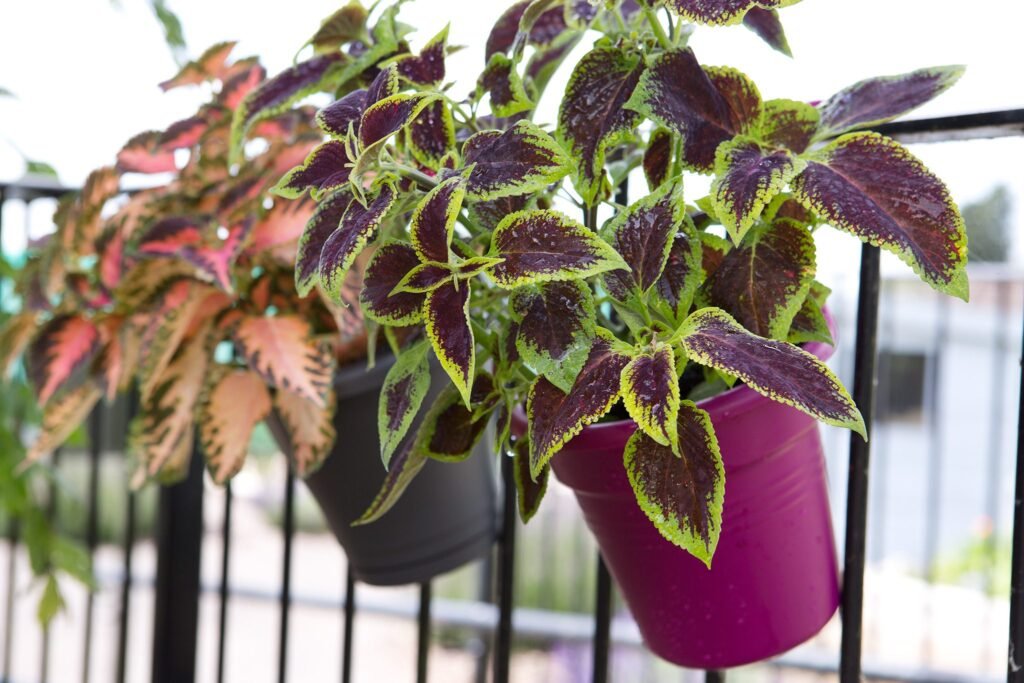
For extreme conditions, temporary relocation or indoor placement can protect plants:
- Portable Pots: Use lightweight pots with handles or wheels to move plants indoors quickly.
- Balcony Shelters: Small retractable greenhouses or tents protect plants from wind and heavy rain.
- Indoor Growth Under Lights: For herbs, leafy greens, or ornamental plants, grow indoors under grow lights until conditions improve.
- Protective Coverings: Lightweight cloches or clear plastic covers can shield individual plants.
Mobility and temporary protection reduce the risk of irreversible wind damage.
10. Pruning and Maintenance for Wind Resistance
Regular maintenance strengthens plants against winds:
- Pruning: Remove weak, dead, or overcrowded branches to reduce wind resistance.
- Shaping: Train plants to grow low and bushy to minimize exposure.
- Toughening: Gradually expose indoor-grown plants to wind to strengthen stems.
- Cleaning: Keep leaves free of dust and debris, which can increase wind drag.
Proper pruning and maintenance ensure plants are physically resilient and visually appealing.
11. Choosing Wind-Resistant Balcony Designs
Gardeners can reduce wind impact through structural and design elements:
- Railings: Solid railings or partial walls act as a permanent wind barrier.
- Vertical Screens: Incorporate trellises or lattice panels that serve dual purposes: climbing support and wind protection.
- Corner Shelves: Place plants on shelves close to walls to shield them from gusts.
- Layering Heights: Taller, sturdier plants in back provide protection for shorter, delicate plants in front.
Designing with wind protection in mind enhances both plant health and balcony aesthetics.
12. Additional Tips for Wind-Proof Balcony Gardening
- Avoid placing lightweight pots at the edge where gusts are strongest.
- Use decorative weights (stones, sandbags) to stabilize pots.
- Group plants to create mutual wind shielding.
- Avoid thin, fragile plants in exposed areas; select sturdier varieties instead.
- Check wind direction regularly; reposition temporary barriers or pots accordingly.
These small steps prevent damage and help maintain a productive balcony garden.
Conclusion
Protecting balcony plants from heavy winds is essential for urban gardeners seeking healthy, vibrant, and productive container gardens. By understanding wind effects, choosing wind-resistant plants, stabilizing containers, and using support structures like stakes, trellises, and windbreaks, gardeners can significantly reduce damage. Seasonal adjustments, mulching, portable solutions, and careful pruning further enhance plant resilience.
With thoughtful planning, maintenance, and protection strategies, balcony gardeners can enjoy thriving plants and abundant harvests, even in windy urban environments. By combining structural interventions with proper plant selection and care, balcony gardens can remain beautiful, functional, and sustainable throughout the year.
